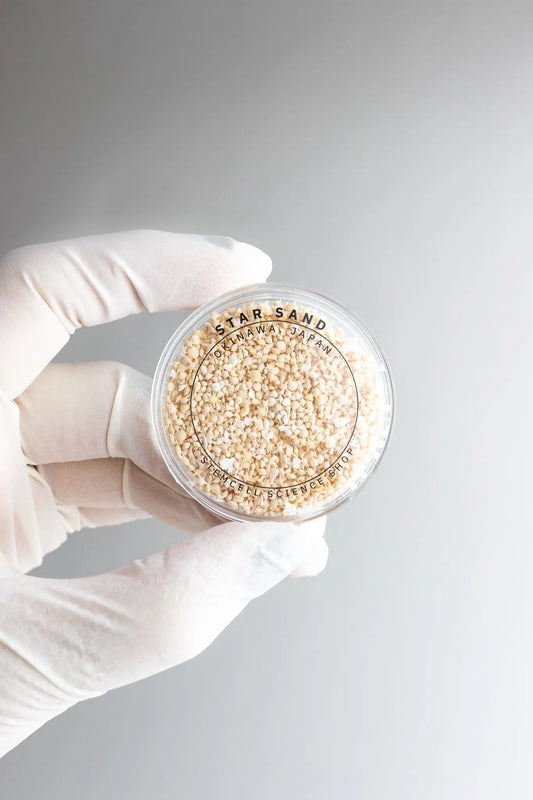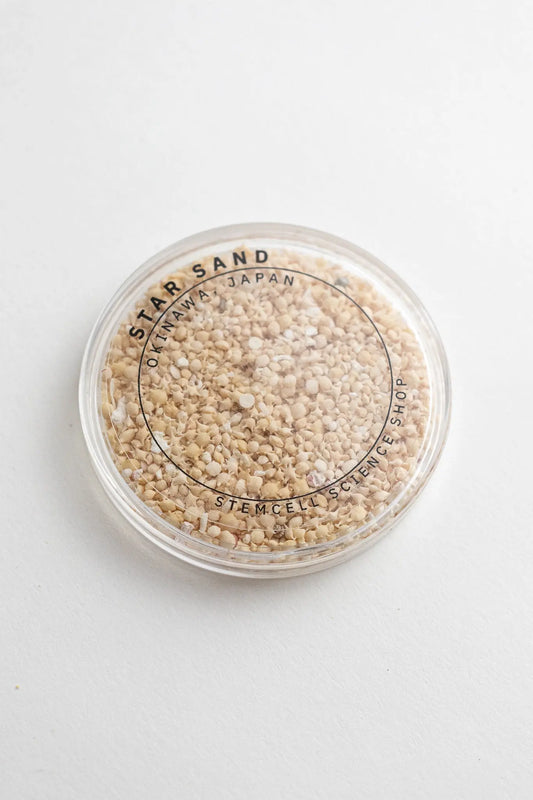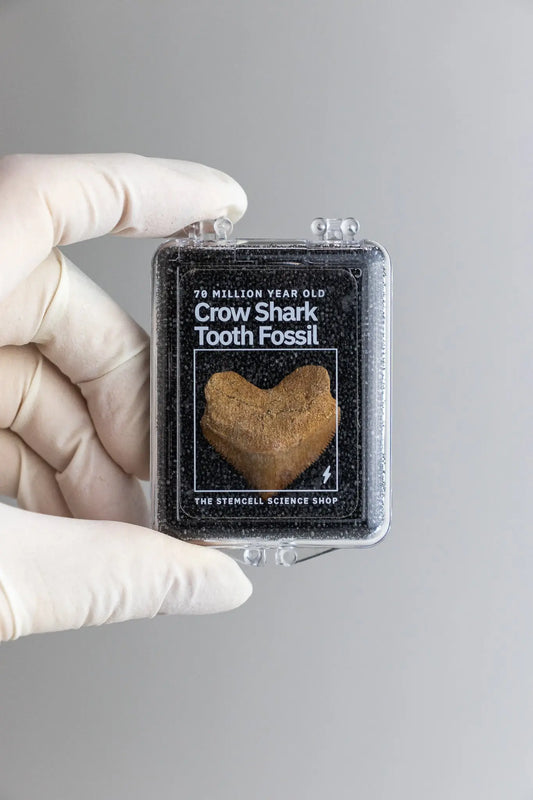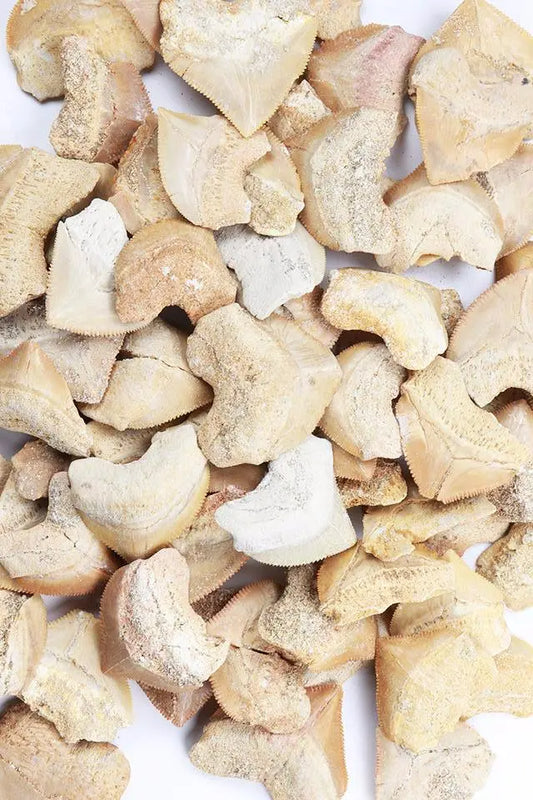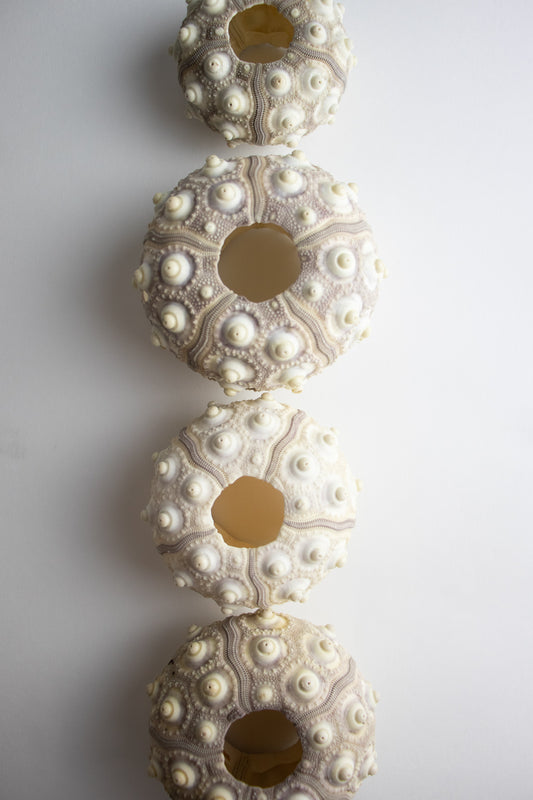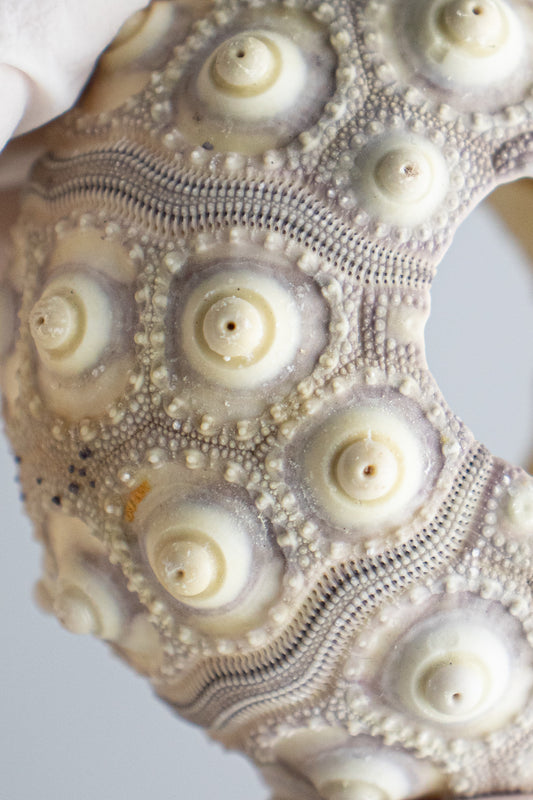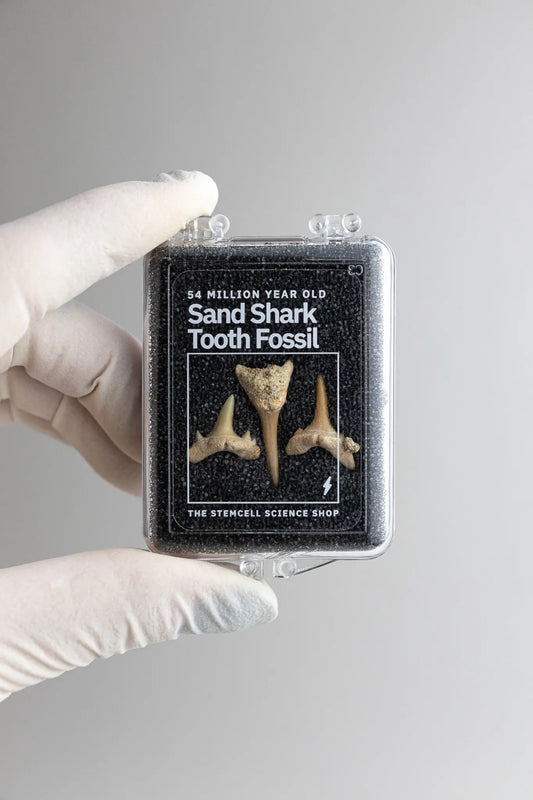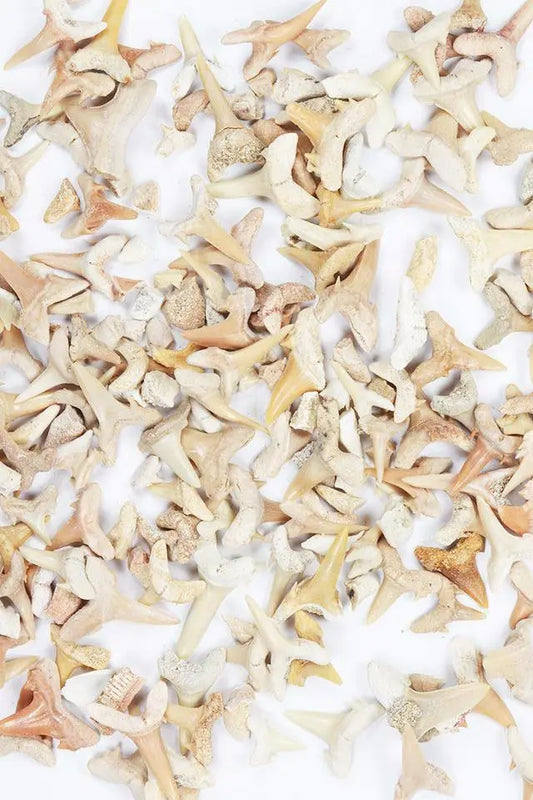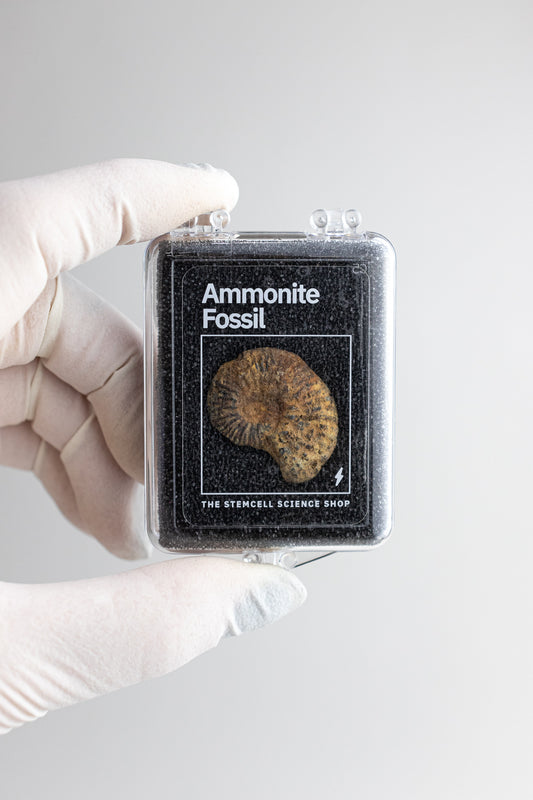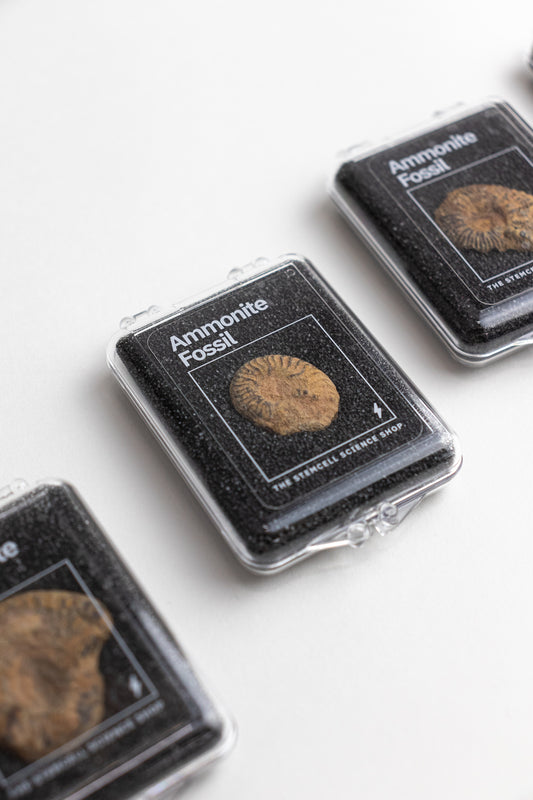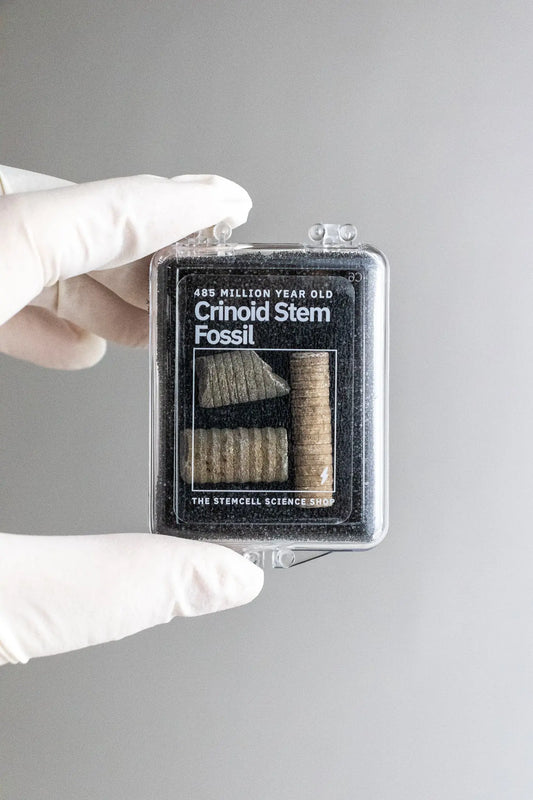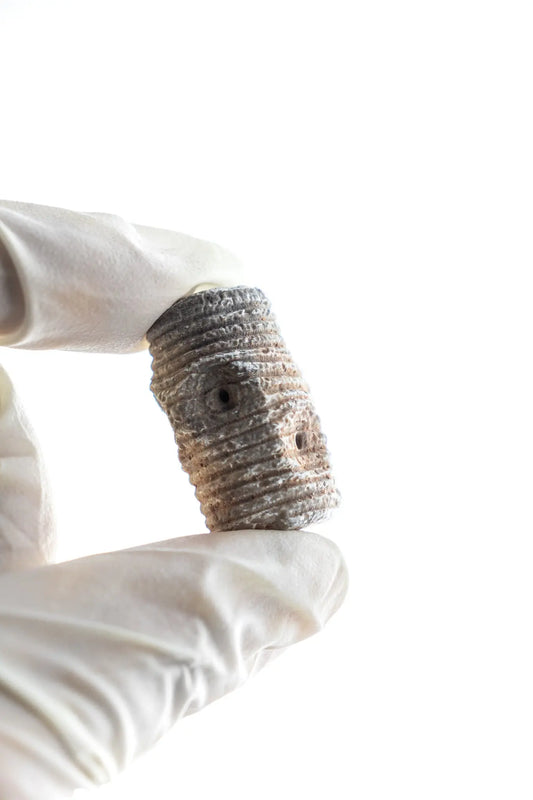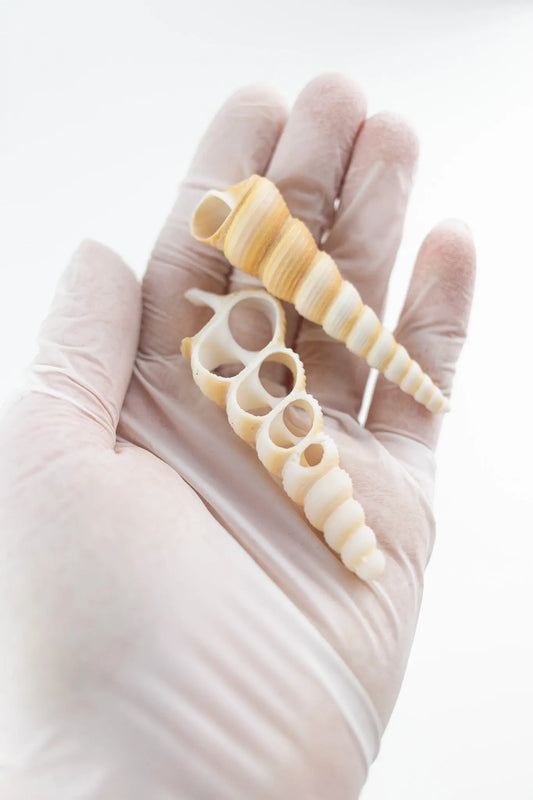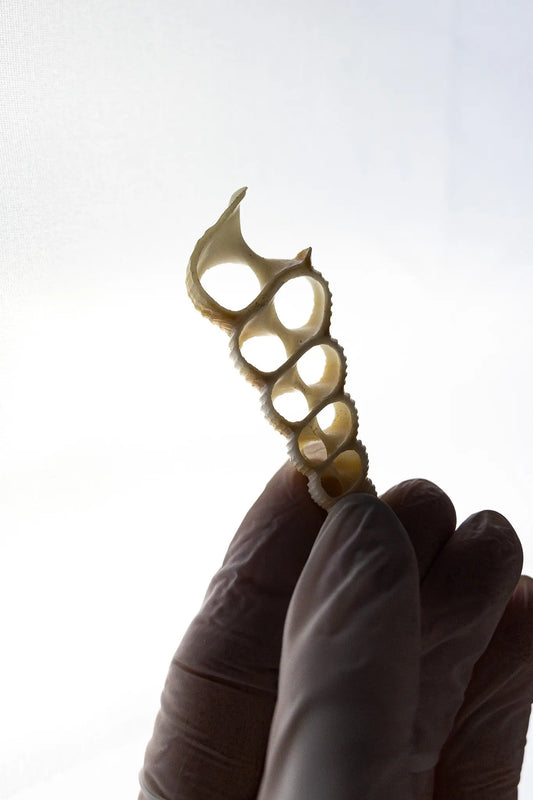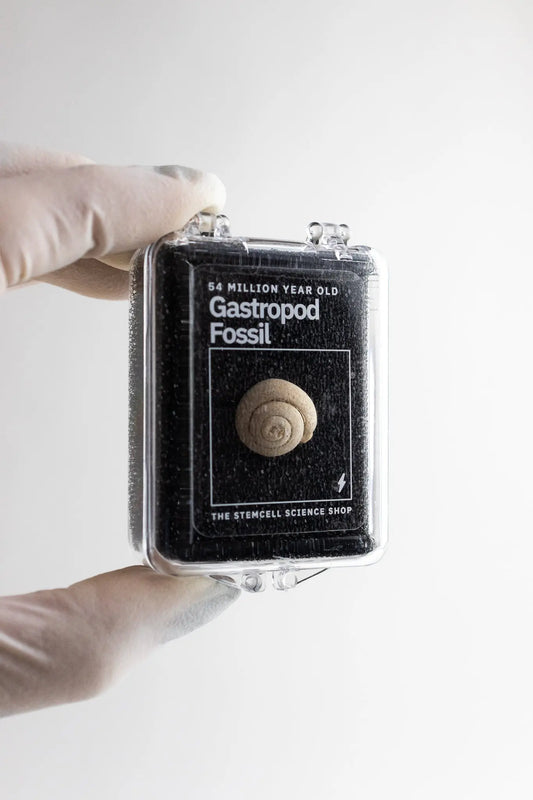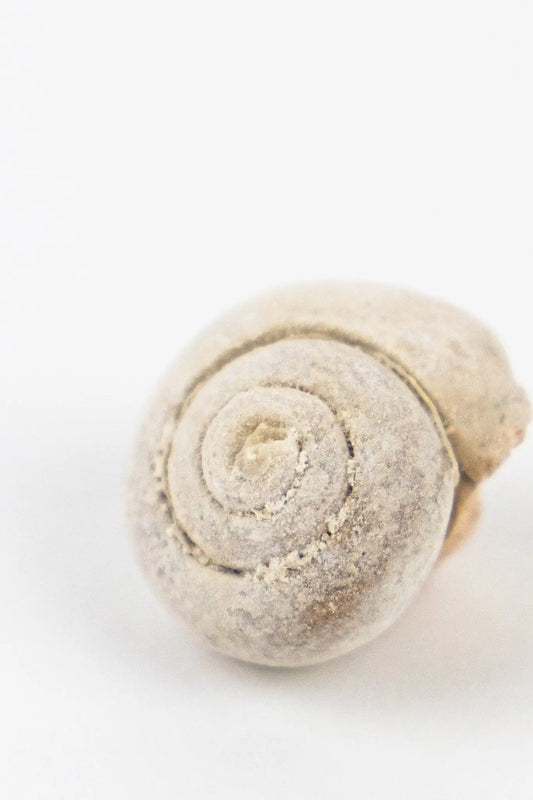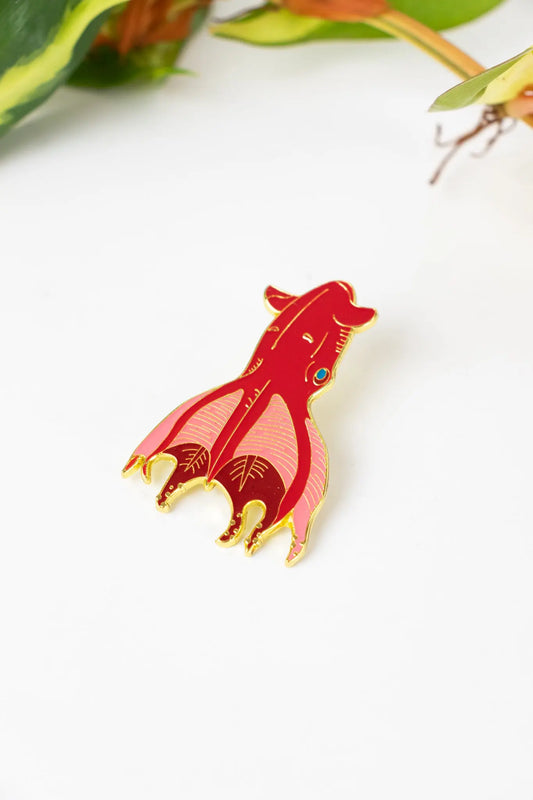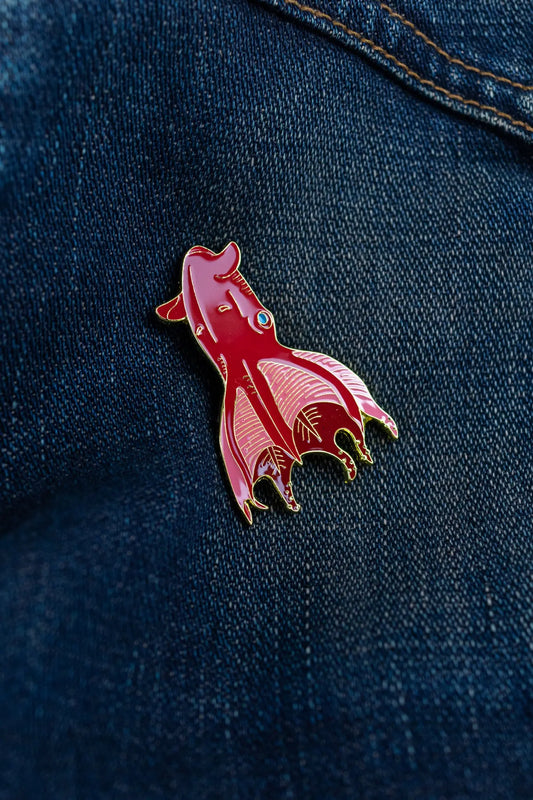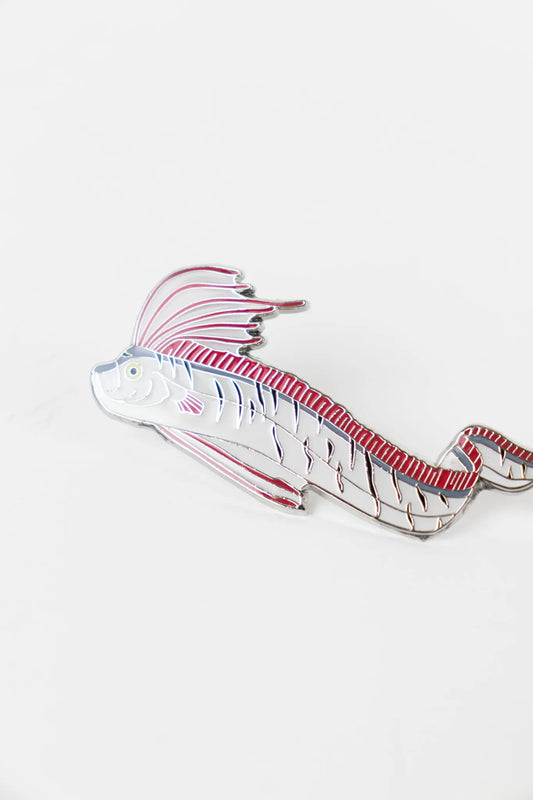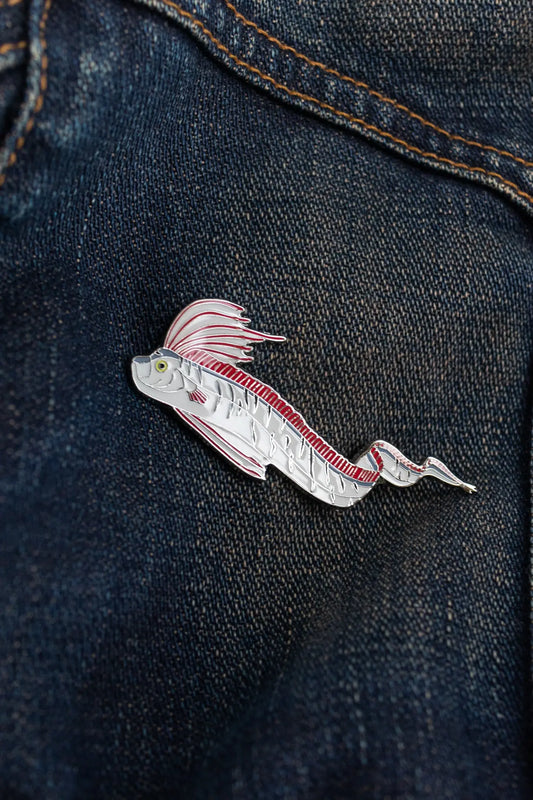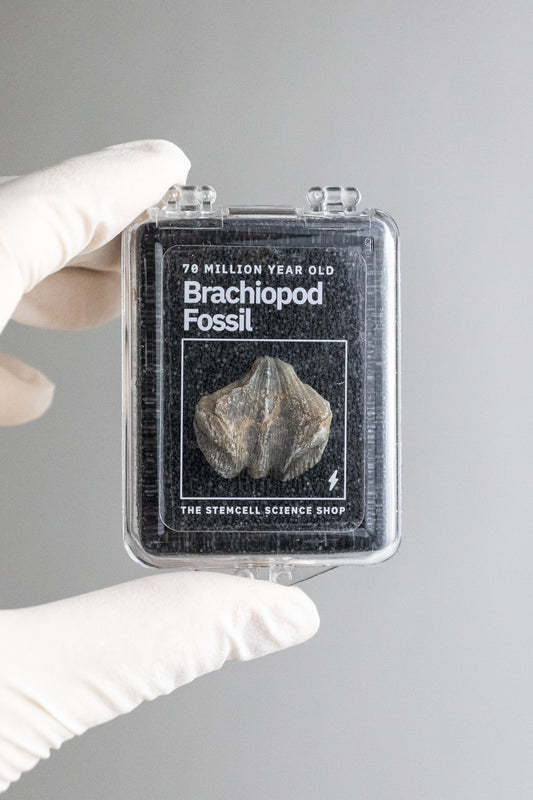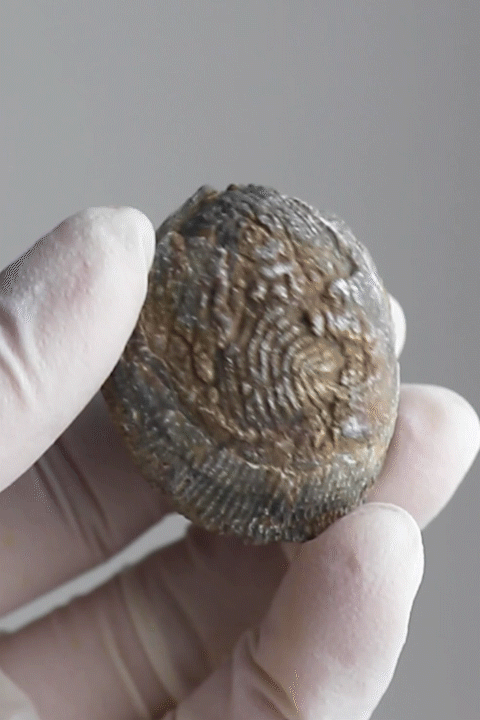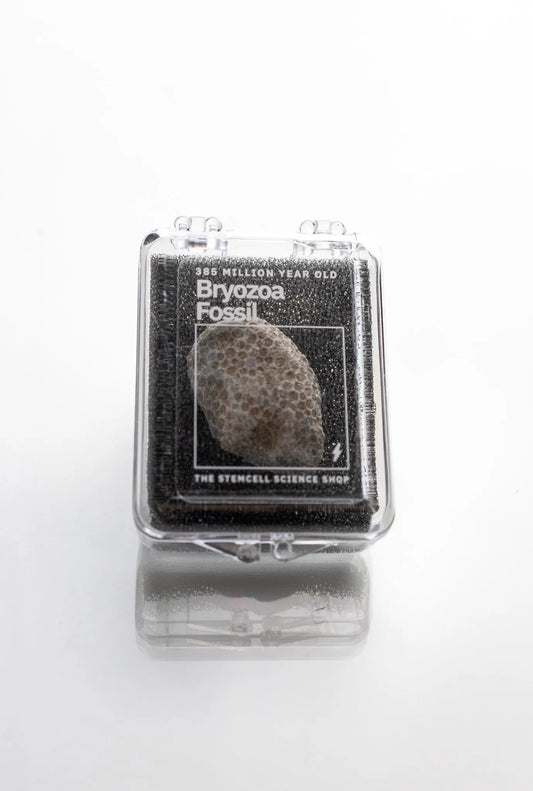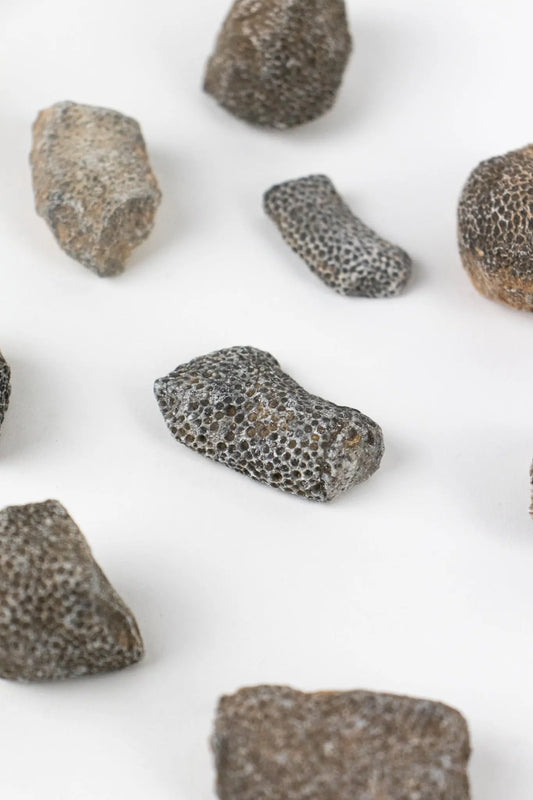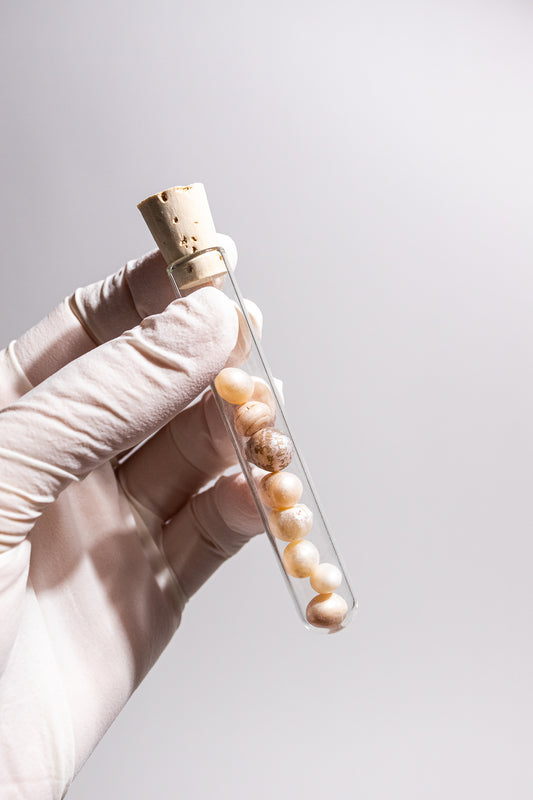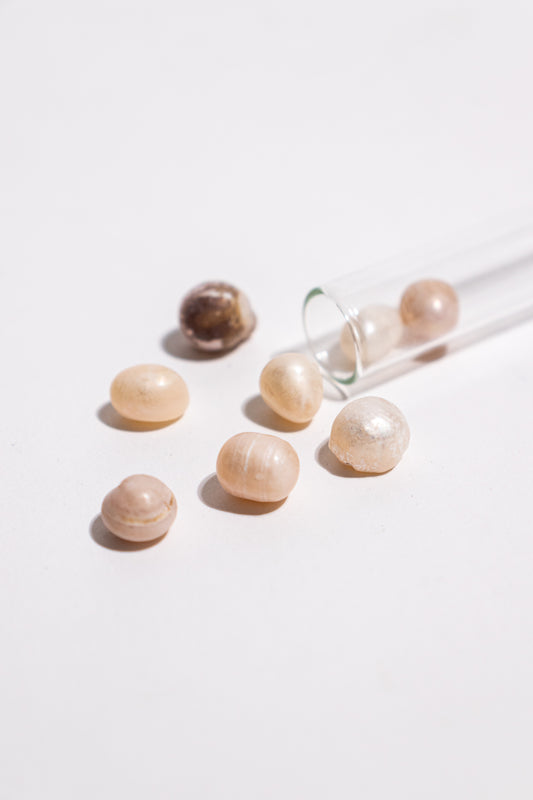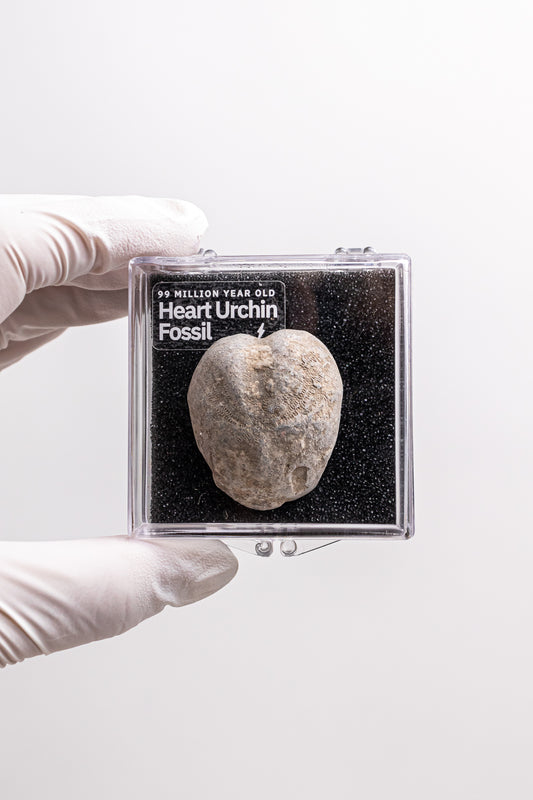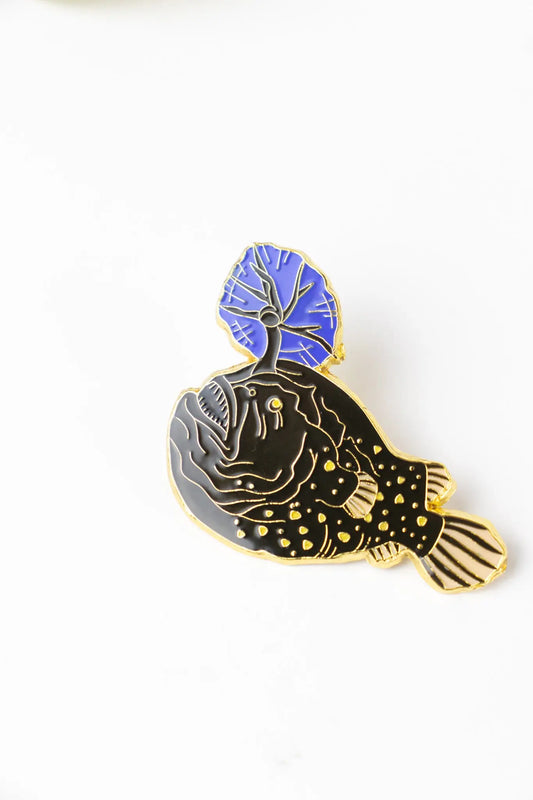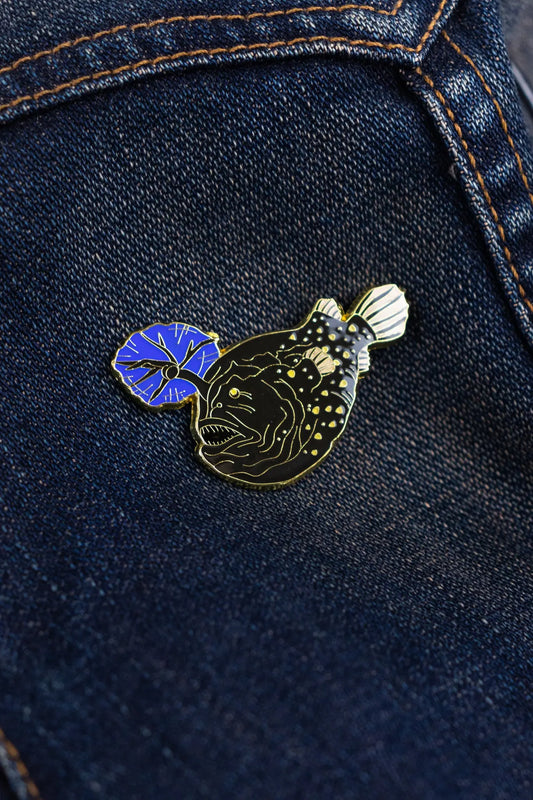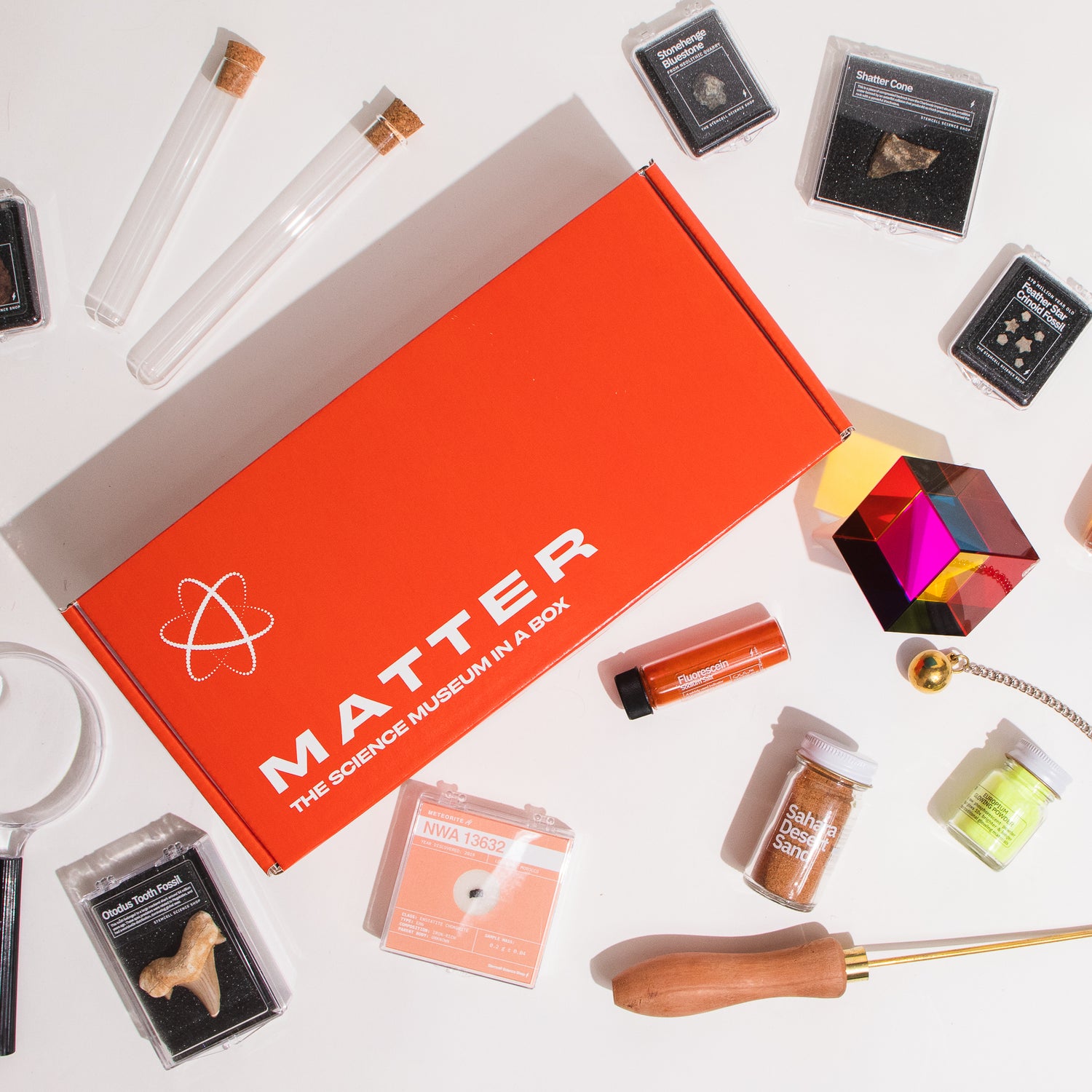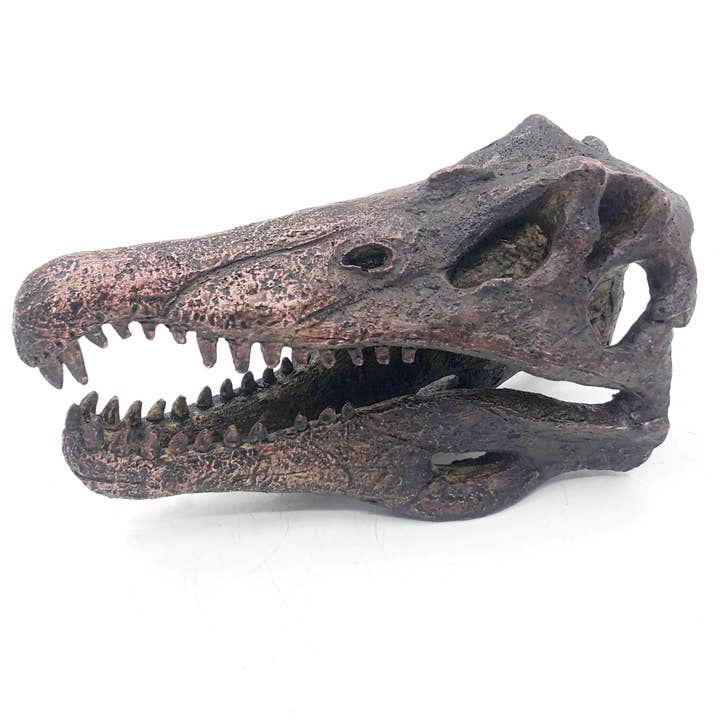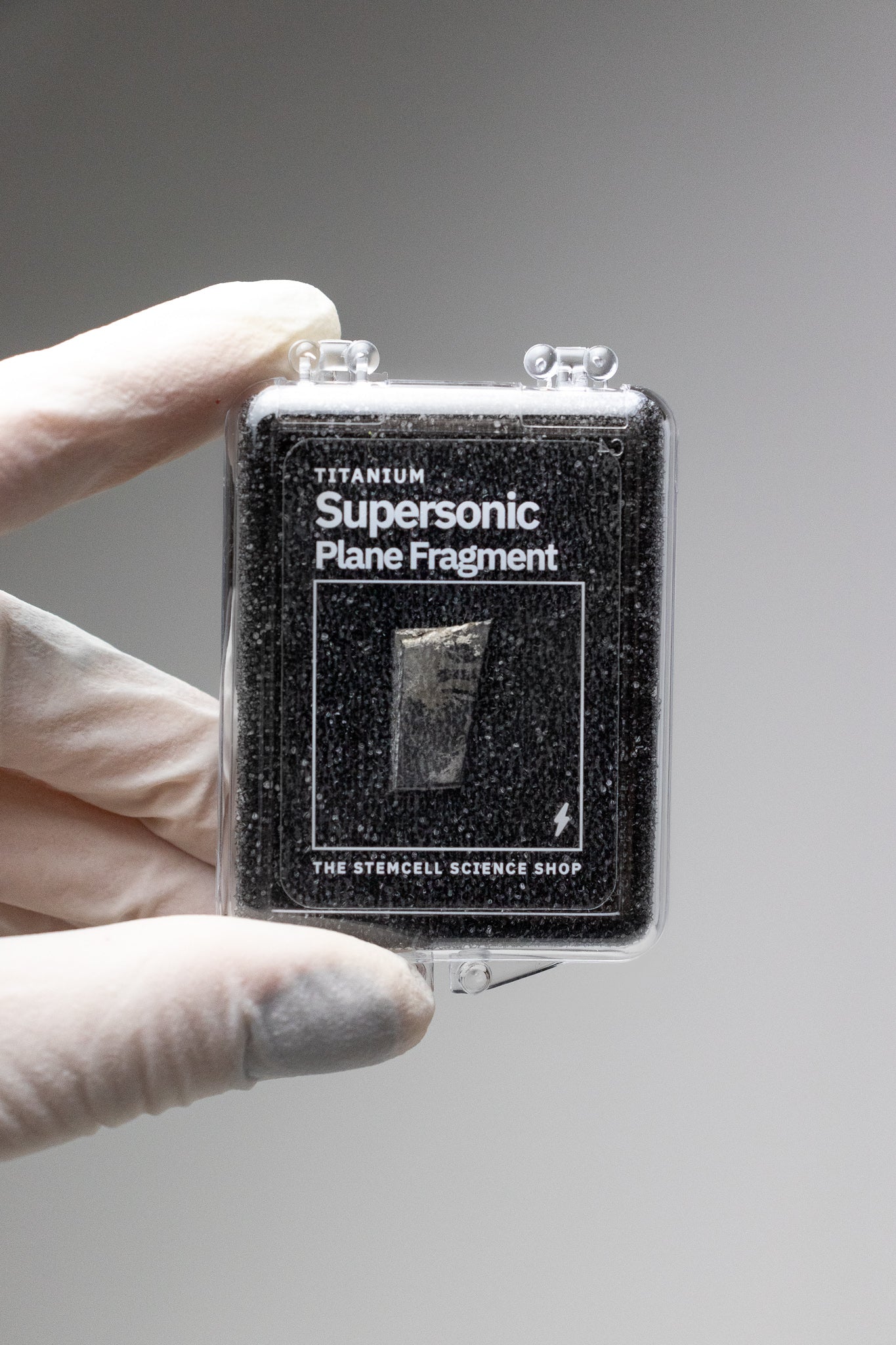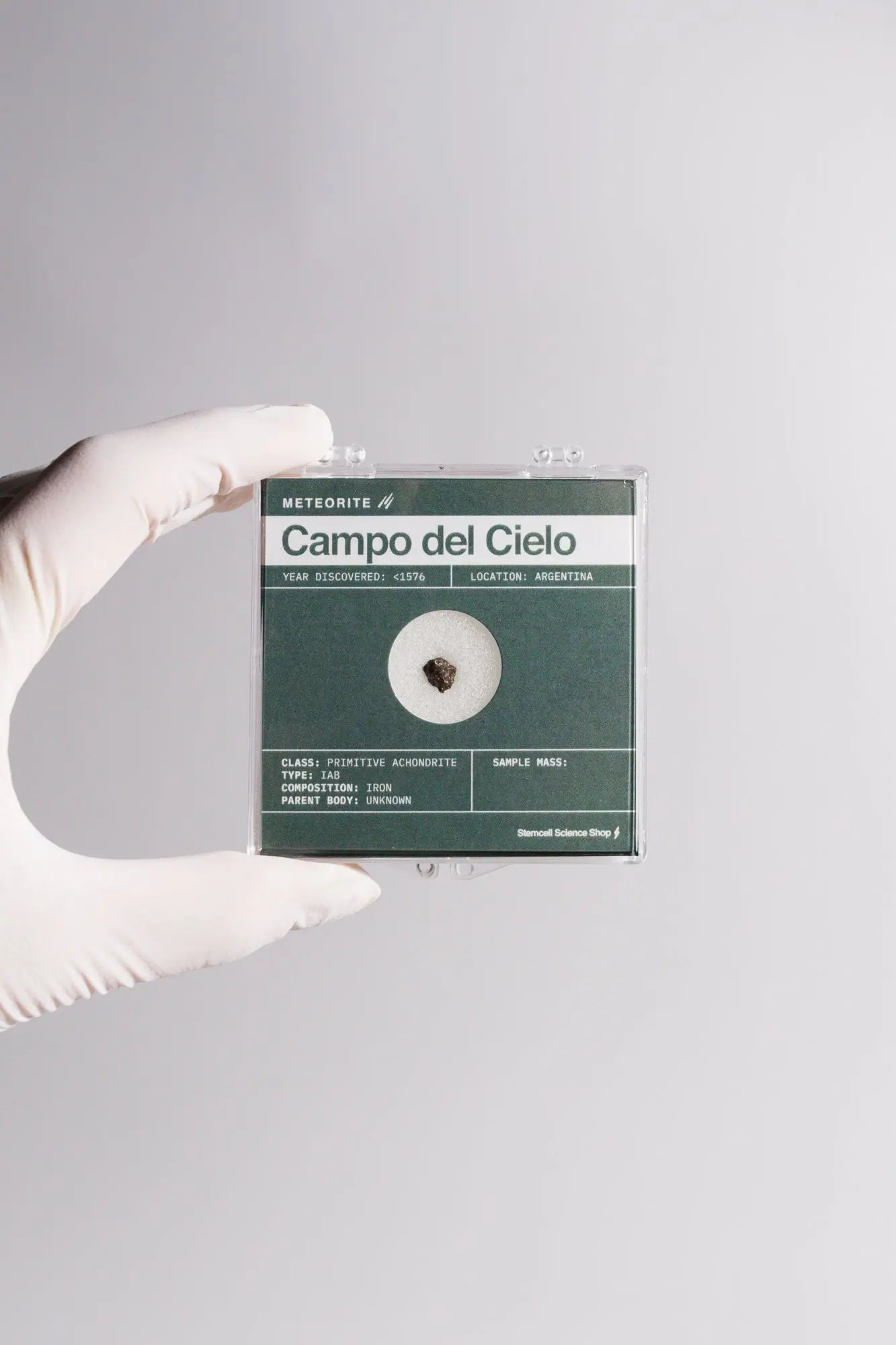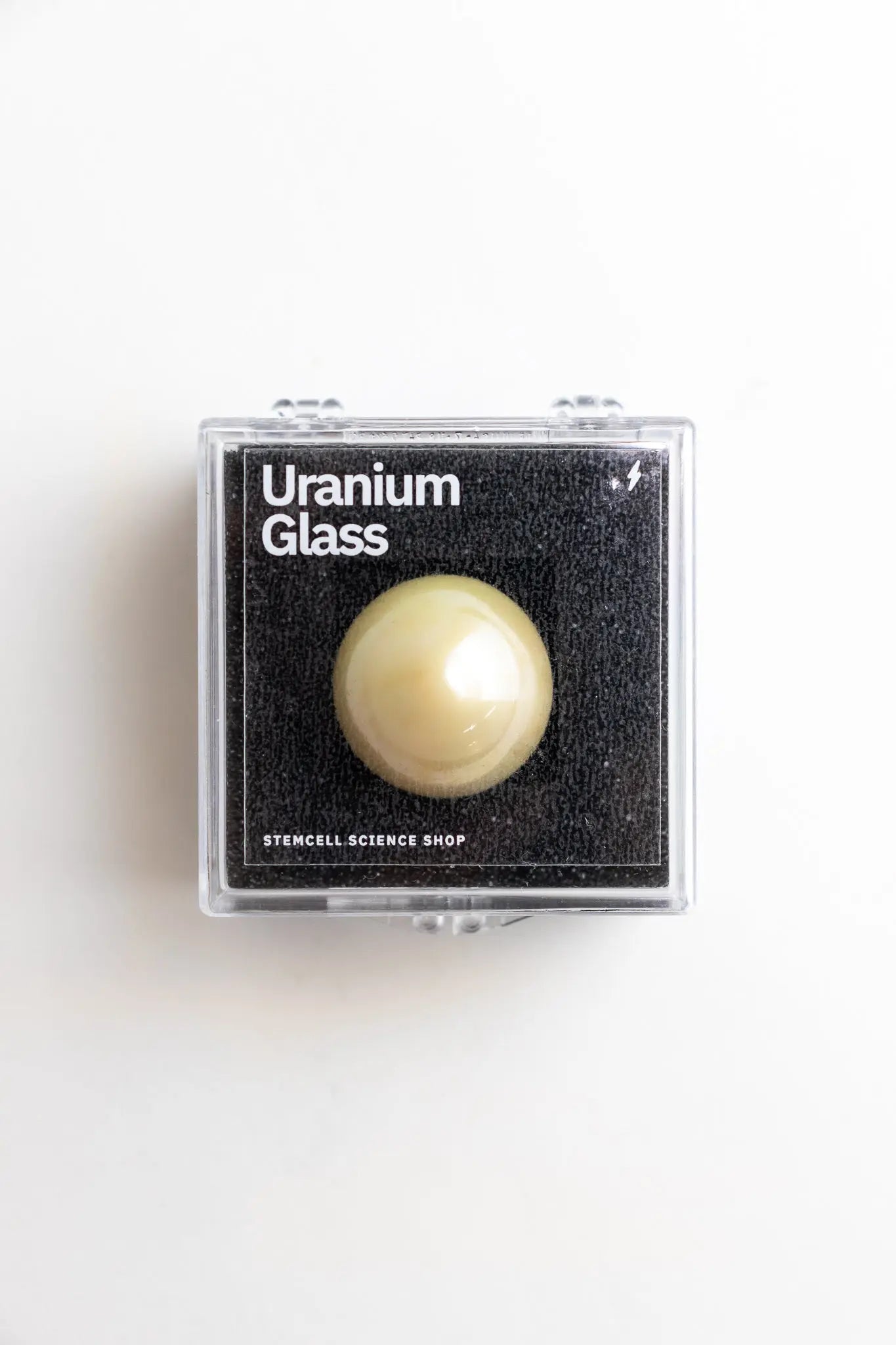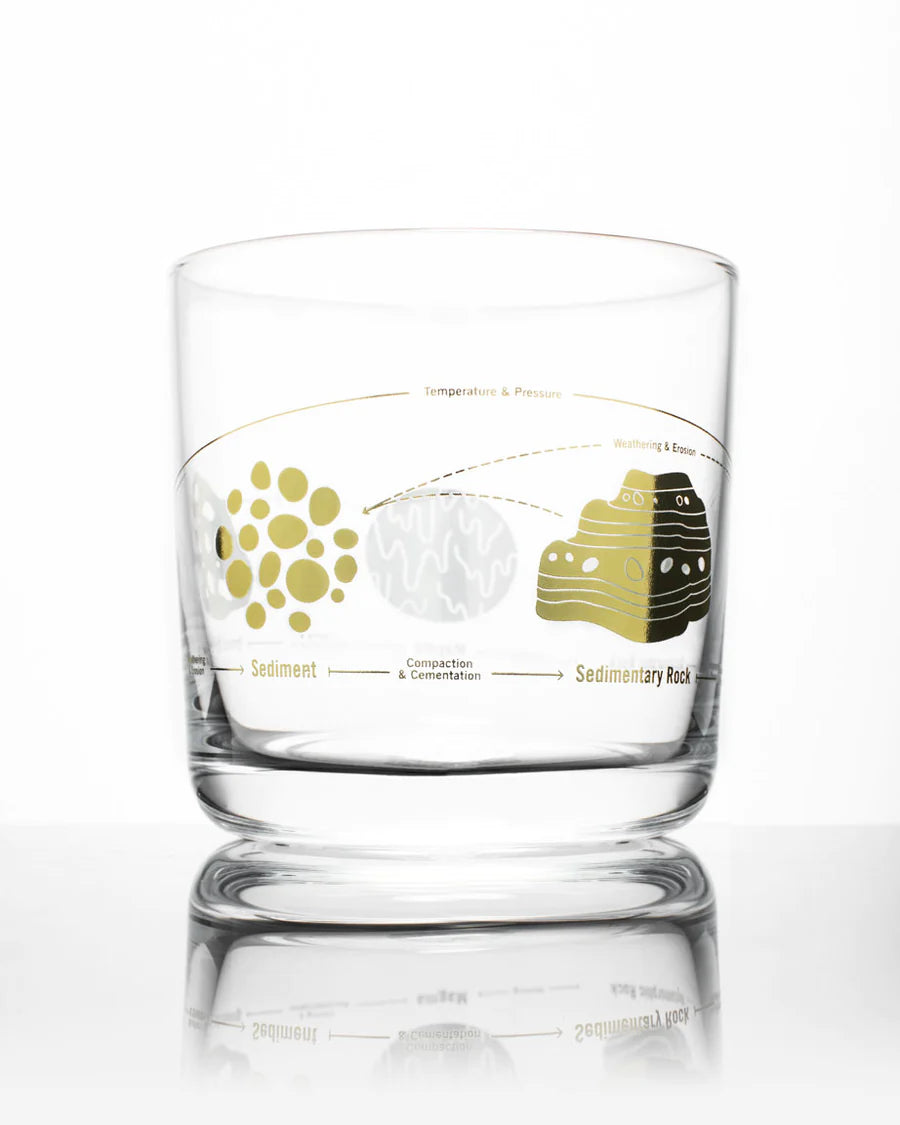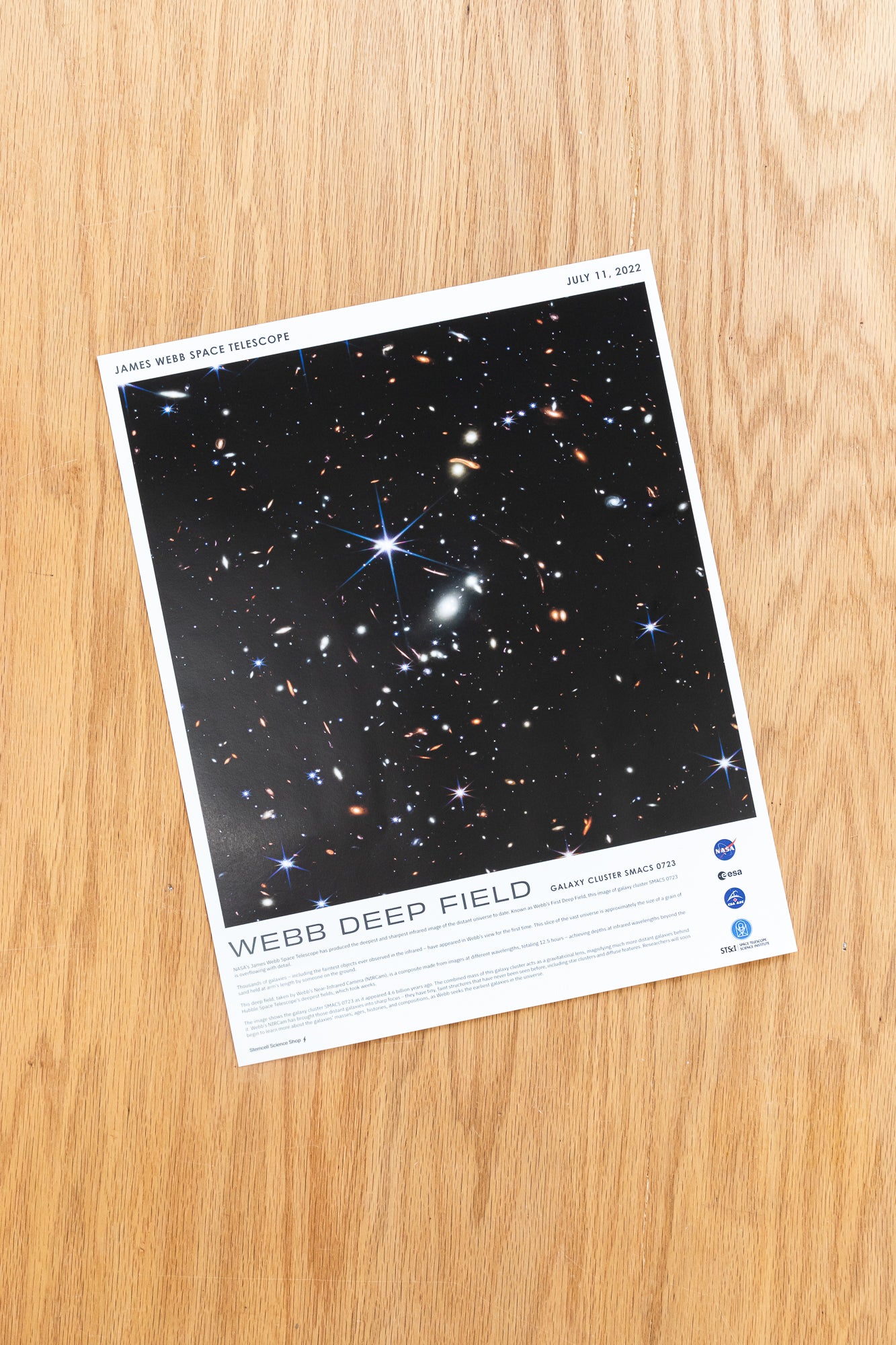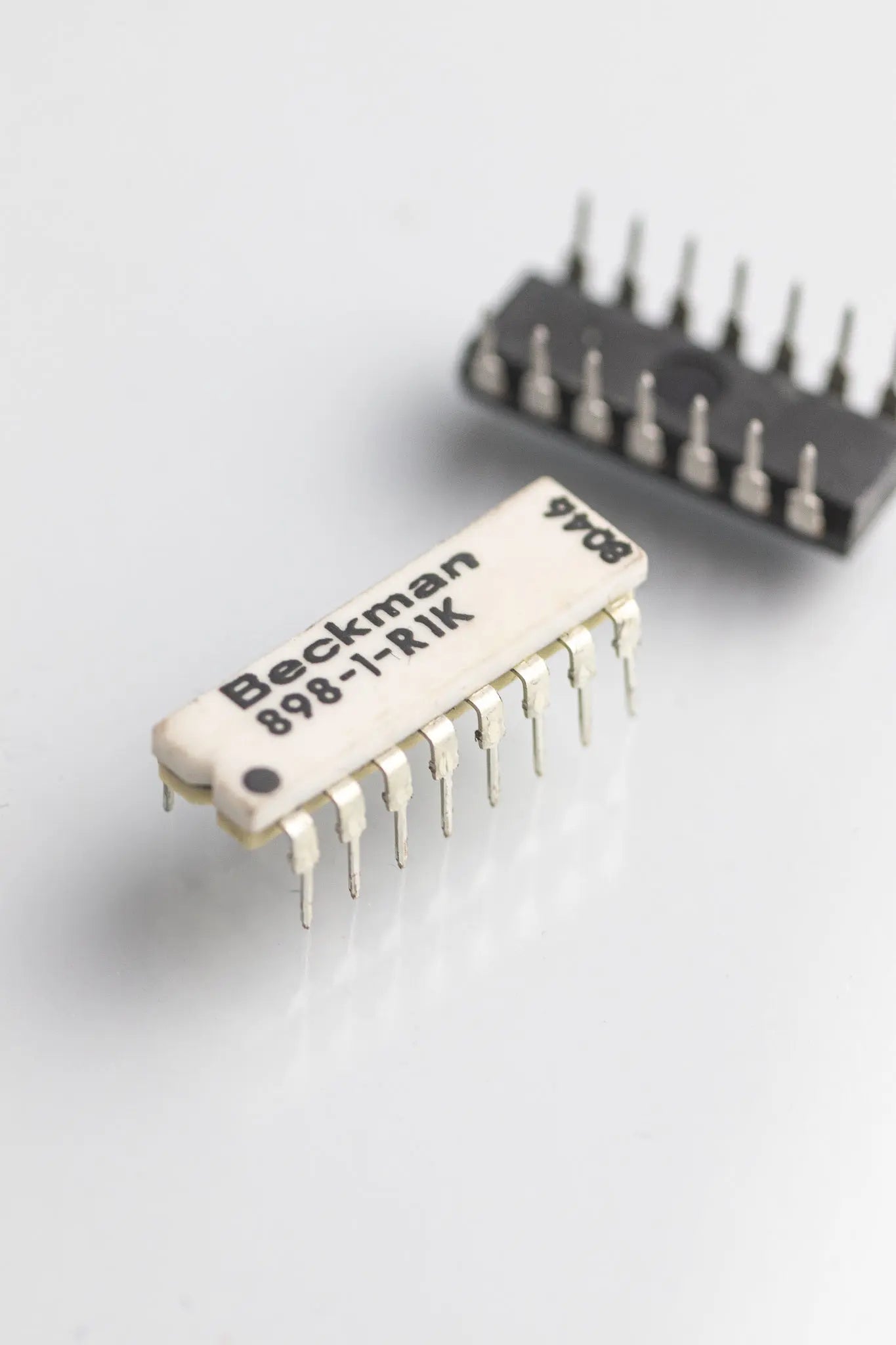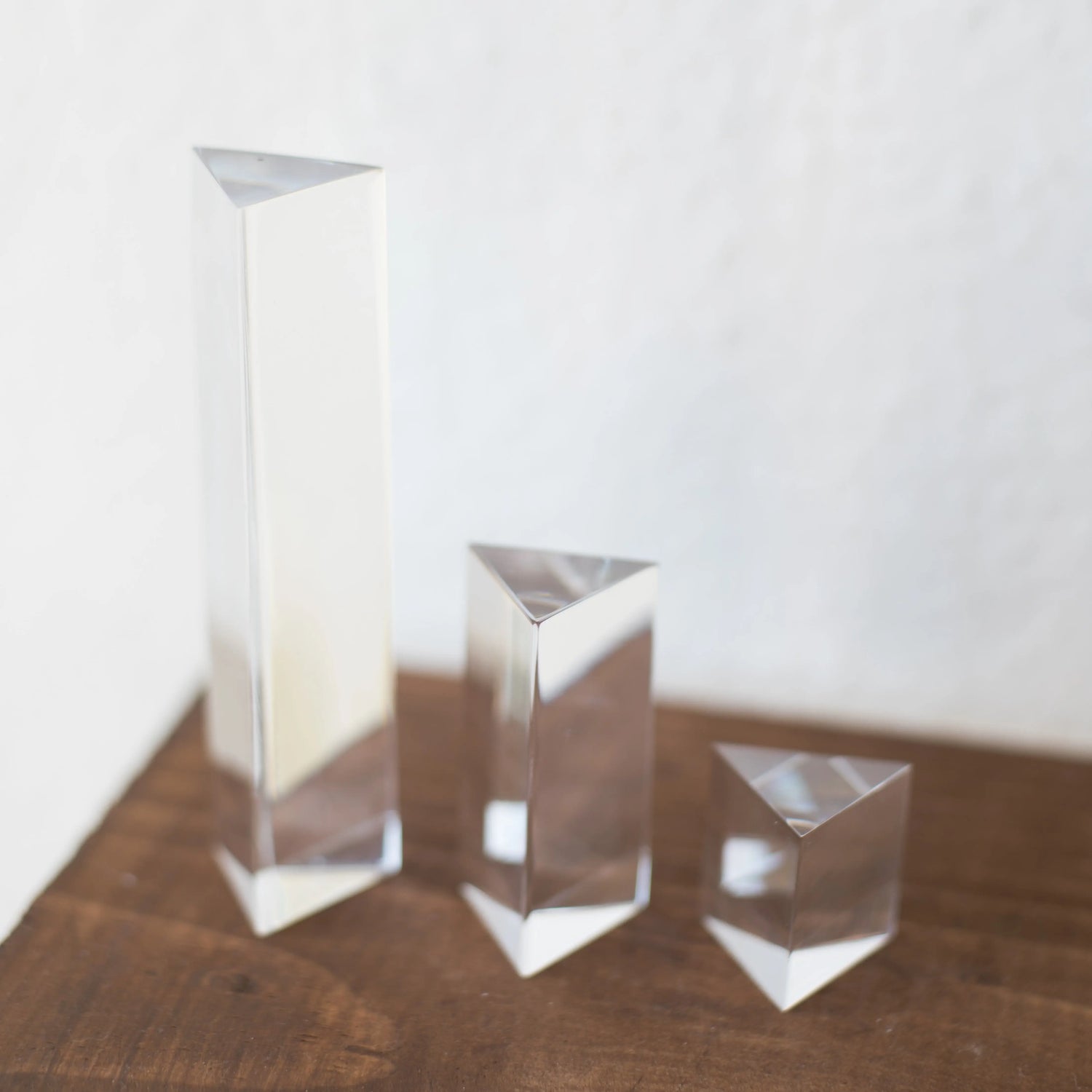Collection: Oceanography
-
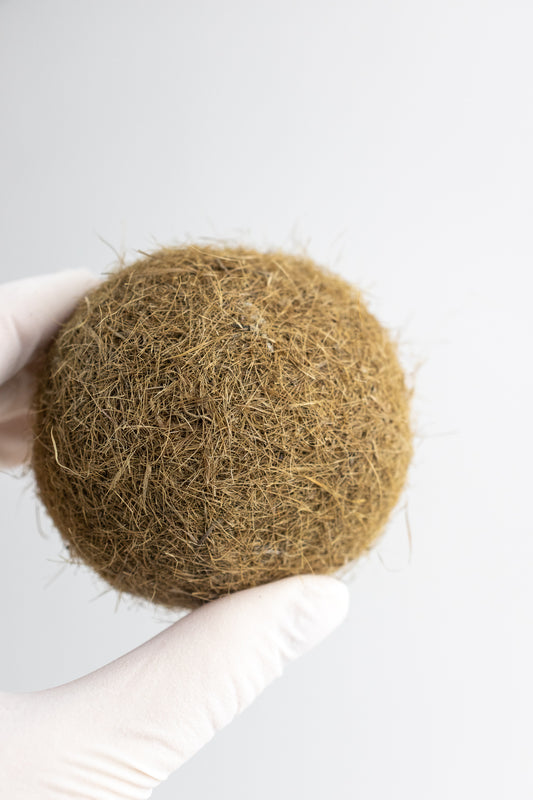
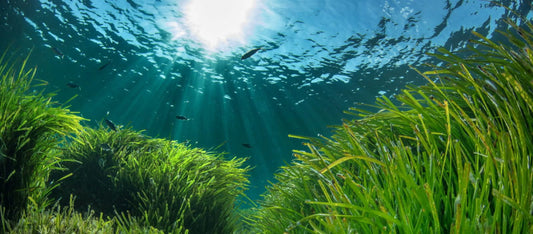 Sold out
Sold outNeptune Ball
4.5 / 5.0
(4) 4 total reviews
Regular price From $3.00Regular priceUnit price / per$5.00Sale price From $3.00Sold out -
Japanese Star Sand
4.96 / 5.0
(121) 121 total reviews
Regular price $8.50Regular priceUnit price / per -
Crow Shark Tooth Fossil
5.0 / 5.0
(10) 10 total reviews
Regular price $14.00Regular priceUnit price / per -
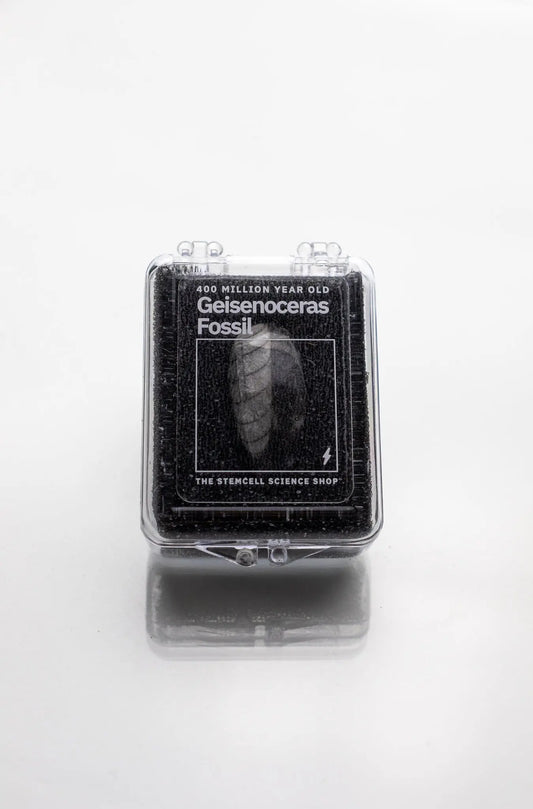
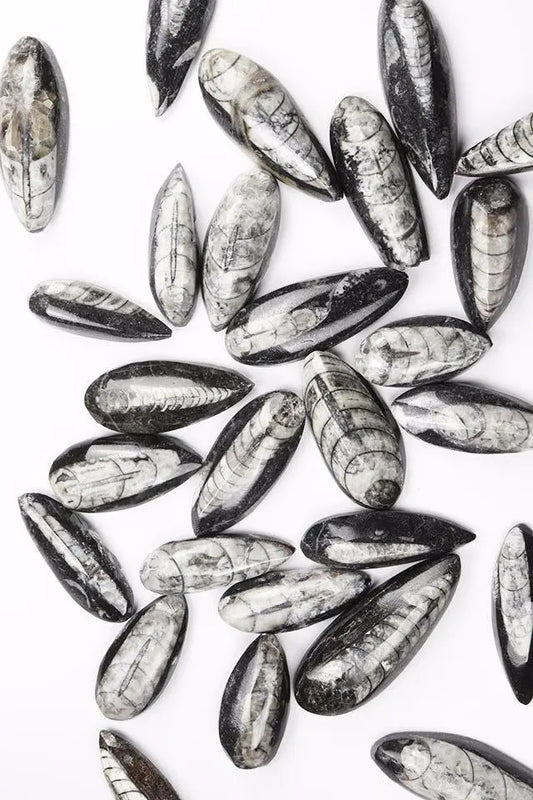 Sold out
Sold outGeisenoceras Fossil
5.0 / 5.0
(4) 4 total reviews
Regular price From $14.00Regular priceUnit price / per -
Sputnik Urchin
4.95 / 5.0
(19) 19 total reviews
Regular price $6.00Regular priceUnit price / per -
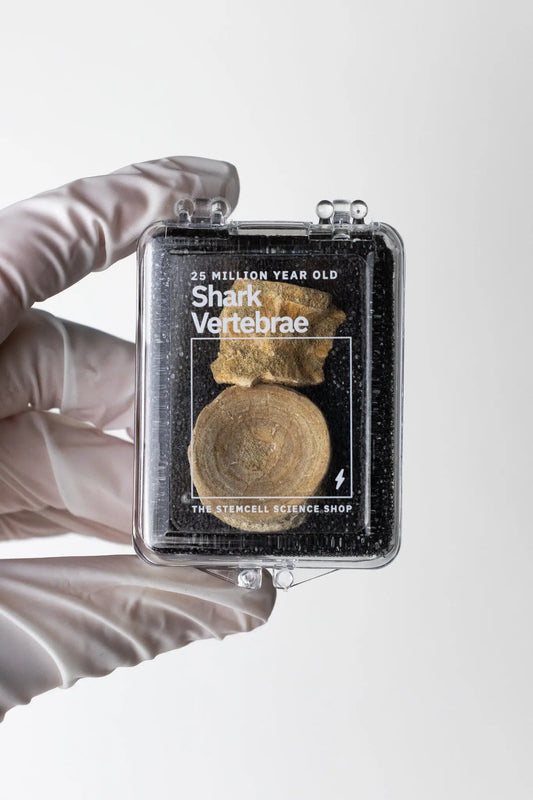
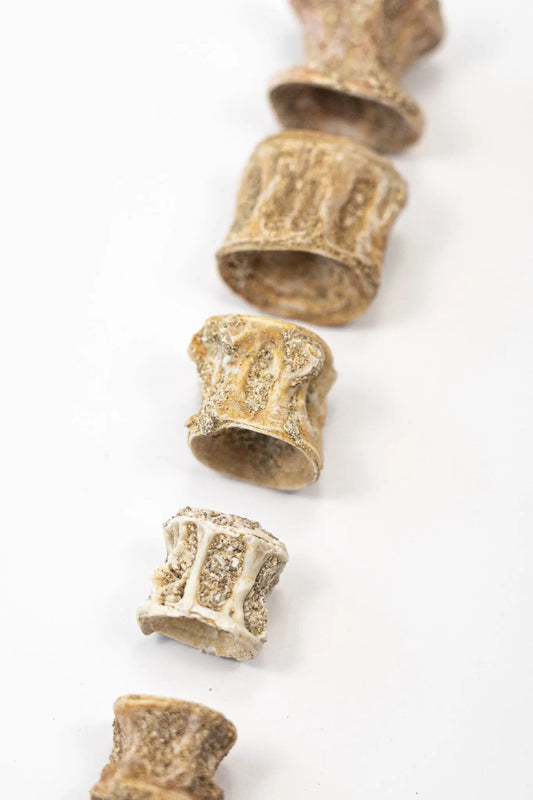 Sold out
Sold outPrehistoric Shark Vertebrae Fossil
4.93 / 5.0
(14) 14 total reviews
Regular price $14.00Regular priceUnit price / per -
Sand Shark Tooth Fossil
4.6 / 5.0
(5) 5 total reviews
Regular price $14.00Regular priceUnit price / per -
Ammonite Fossil
5.0 / 5.0
(3) 3 total reviews
Regular price $14.00Regular priceUnit price / per -
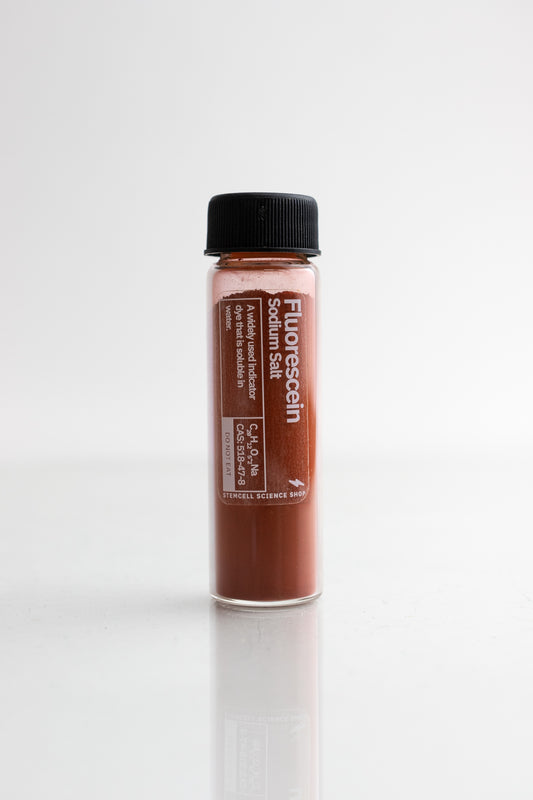
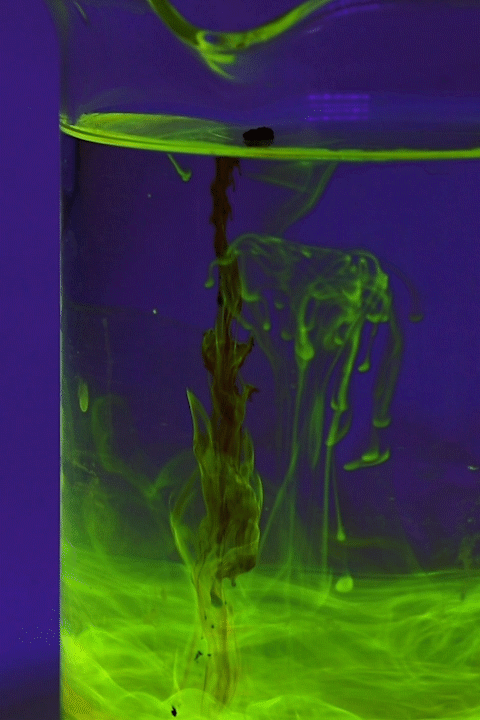 Sold out
Sold outFluorescein
4.77 / 5.0
(13) 13 total reviews
Regular price $8.00Regular priceUnit price / per -
Crinoid Fossil
5.0 / 5.0
(4) 4 total reviews
Regular price $14.00Regular priceUnit price / per -
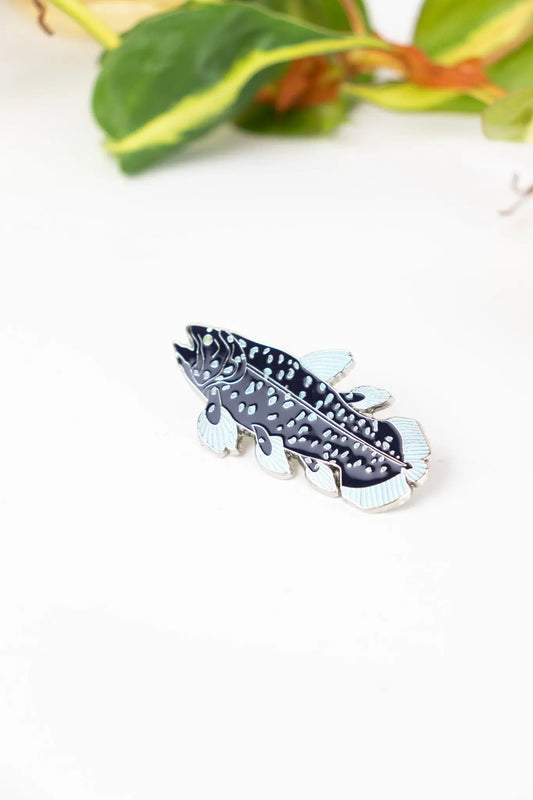
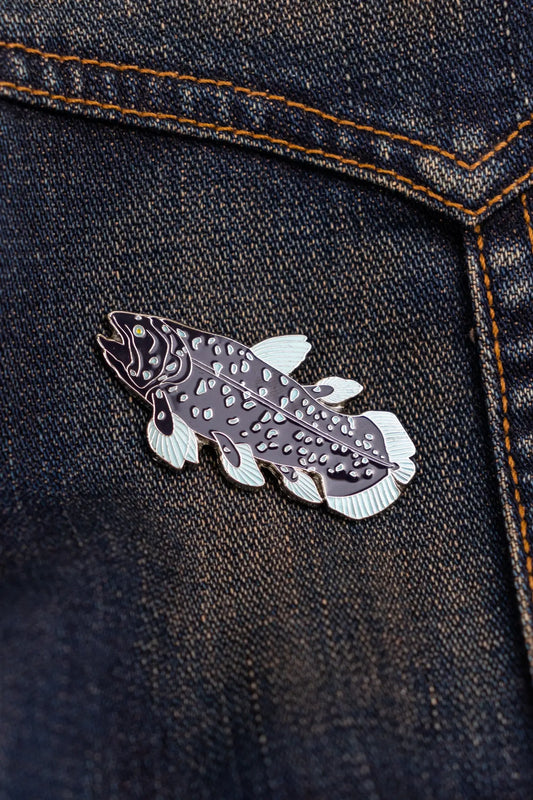 Sold out
Sold outCoelacanth Pin
4.88 / 5.0
(32) 32 total reviews
Regular price $10.00Regular priceUnit price / per -
Terebra Shell Set
5.0 / 5.0
(2) 2 total reviews
Regular price $1.50Regular priceUnit price / per -
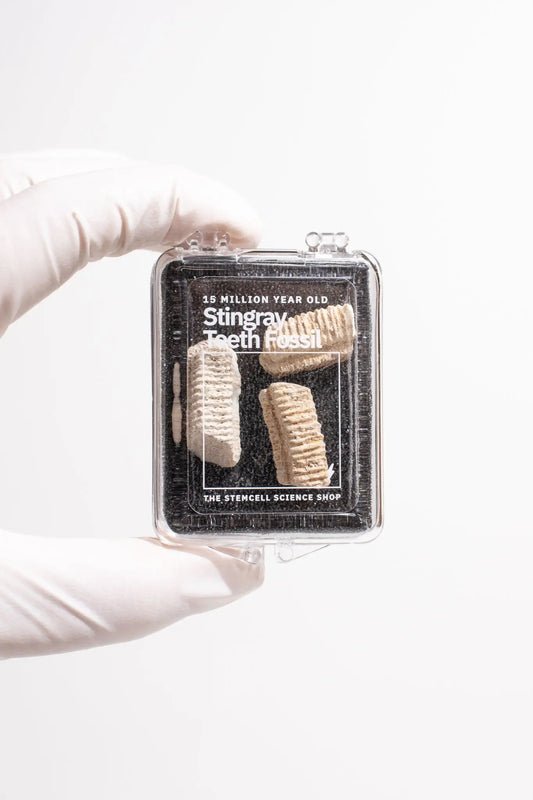
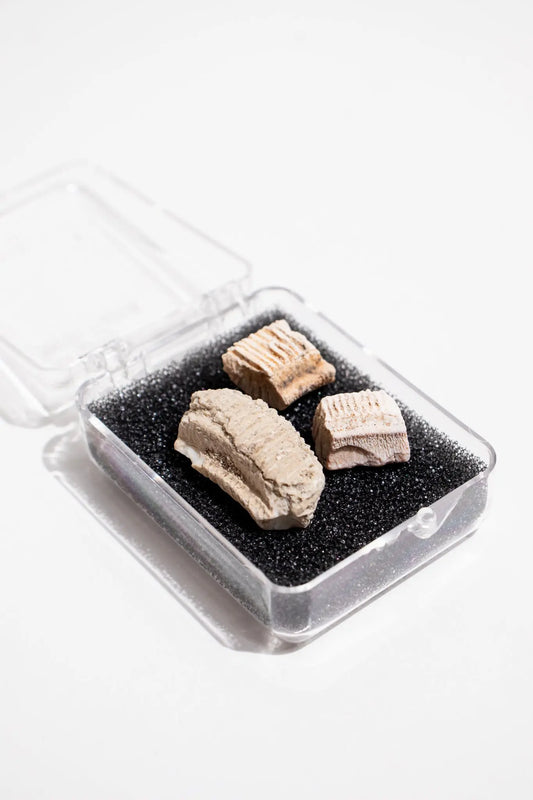 Sold out
Sold outFossilized Stingray Teeth
4.88 / 5.0
(8) 8 total reviews
Regular price $14.00Regular priceUnit price / per -
Spiral Gastropod
5.0 / 5.0
(3) 3 total reviews
Regular price $14.00Regular priceUnit price / per -
Vampire Squid (Vampyroteuthis infernalis) Pin
5.0 / 5.0
(8) 8 total reviews
Regular price $10.00Regular priceUnit price / per -
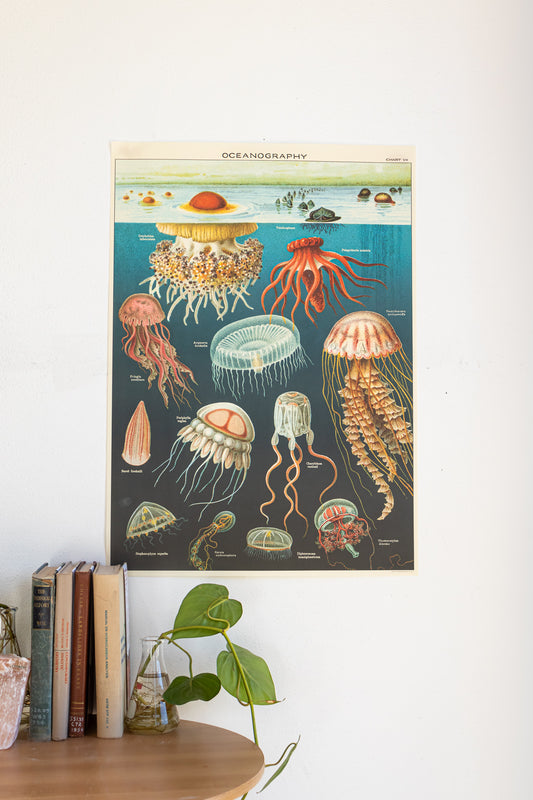
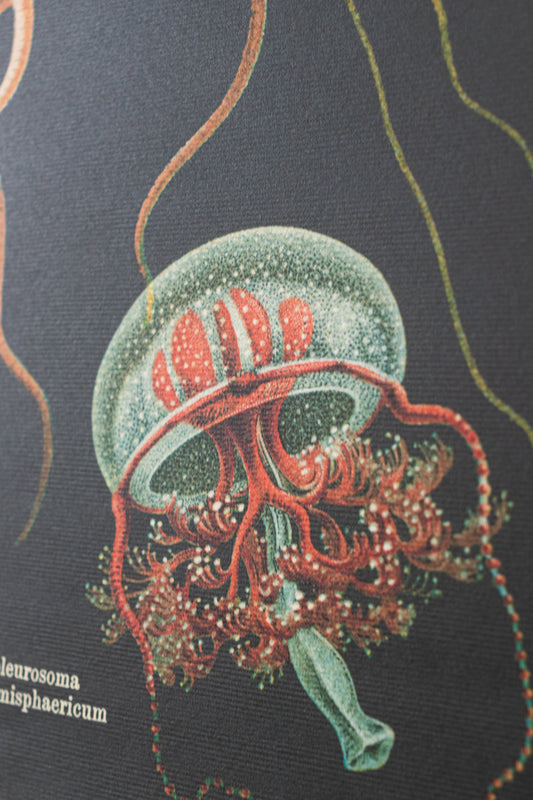 Sold out
Sold outOceanography Scientific Chart
4.8 / 5.0
(10) 10 total reviews
Regular price $10.00Regular priceUnit price / per -
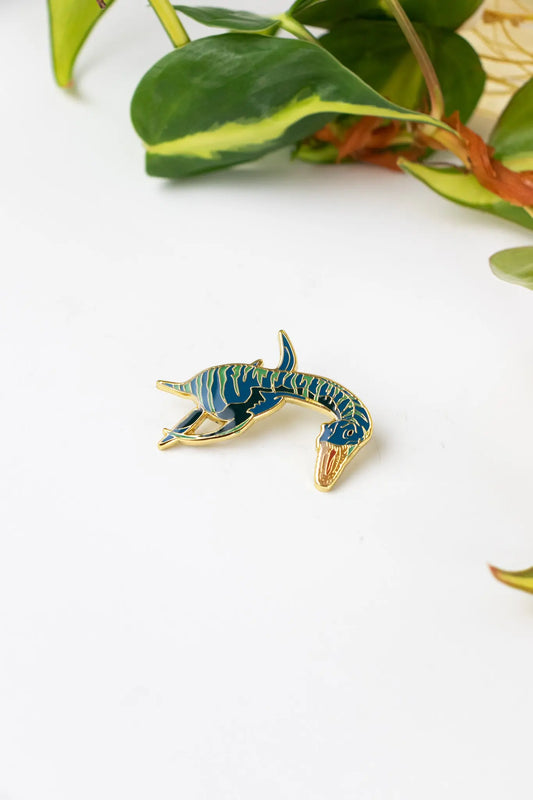
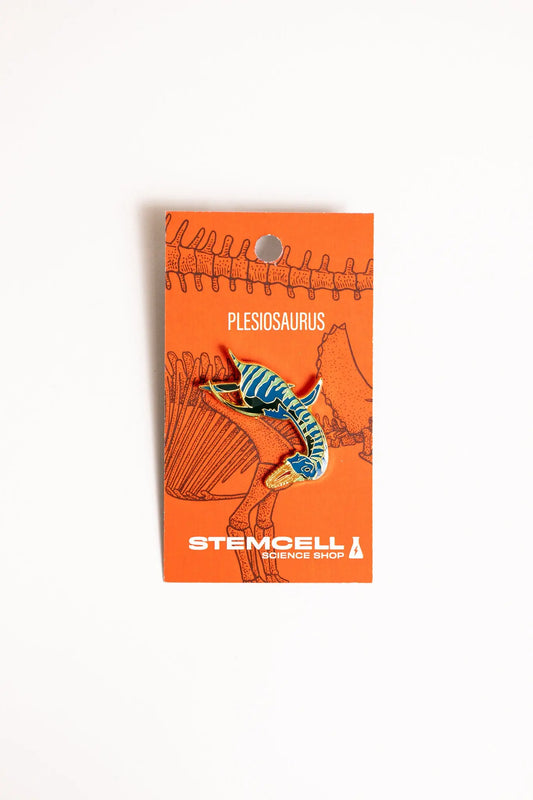 Sold out
Sold outPlesiosaurus Pin
5.0 / 5.0
(5) 5 total reviews
Regular price $10.00Regular priceUnit price / per -
Regalecus Glesne (Giant Oarfish) Pin
5.0 / 5.0
(11) 11 total reviews
Regular price $10.00Regular priceUnit price / per -
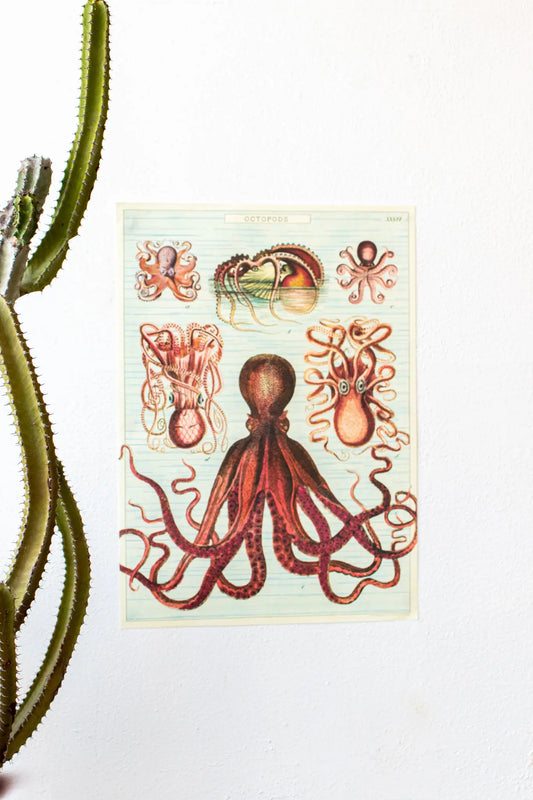
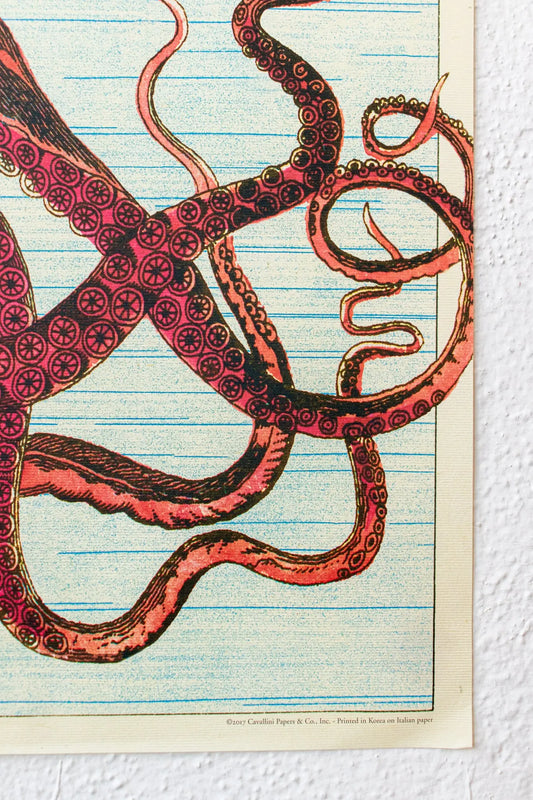 Sold out
Sold outOctopods Scientific Chart
5.0 / 5.0
(1) 1 total reviews
Regular price $10.00Regular priceUnit price / per -
Brachiopod Fossil
Regular price $14.00Regular priceUnit price / per -
Bryozoa Fossil
Regular price $14.00Regular priceUnit price / per -
Heart Urchin Fossil
5.0 / 5.0
(3) 3 total reviews
Regular price $14.00Regular priceUnit price / per -
Angler Fish (Himantolophus groenlandicus) Pin
5.0 / 5.0
(6) 6 total reviews
Regular price $10.00Regular priceUnit price / per
KEEP BROWSING:


